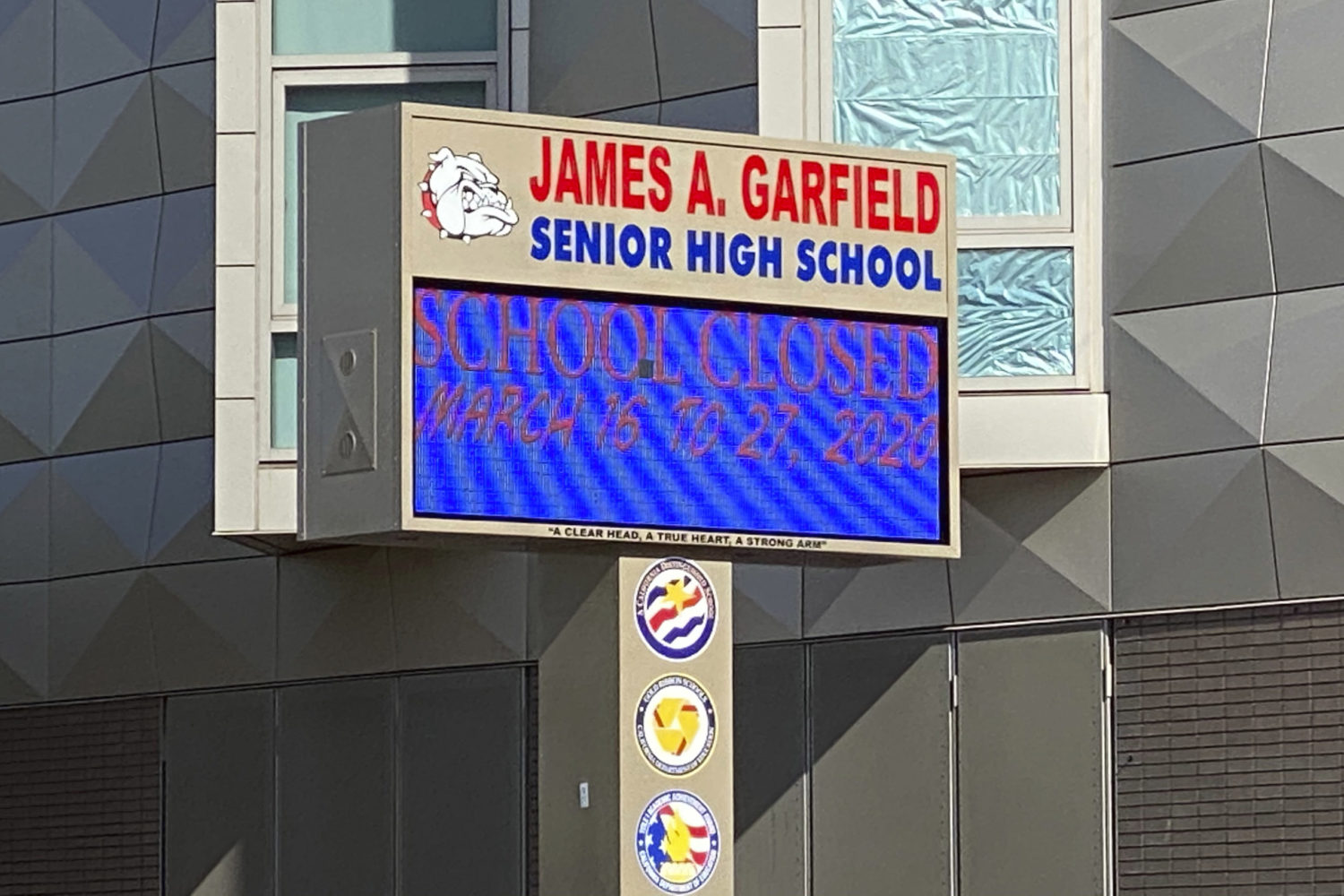 (Kirby Lee via AP)
(Kirby Lee via AP)
The COVID-19 crisis presents grave threats and raises a lot of questions. NEA's General Counsel Alice O’Brien answers some basic questions about your legal rights and remedies. As always, the most important thing to do in this crisis is to take care of yourself and your loved ones. If you are looking for more information about the disease itself, please look to the experts at the World Health Organization and the Centers for Disease Control and Prevention.
Schools and campuses in my area are closed, will I still get paid?
At this point, due to the crisis, K12 schools in 46 states and many districts in the remaining 4 states have been closed, as well as countless public college and university campuses. Almost everywhere, salaried educators are still being paid in accordance with their collectively bargained or individual contract agreements. NEA and its affiliates will continue to advocate for such pay to continue. And we know that educators across the country are confronting the challenge of providing remote instruction to their students with creativity and ingenuity. So long as instruction continues, pay should continue as well, as educators rise to the challenge of continuing students’ education.
Many hourly employees continue to be paid as required by their collectively bargained or individual contract agreements, and many hourly employees continue to work as directed by their employers. Such work includes sanitizing classrooms and offices, preparing and delivering the meals that more than 40 percent of K12 students depend upon, supporting the delivery of remote instruction at every level, and ensuring that employees continue to be paid during the crisis.
Some states, at the urging of NEA affiliates, have taken executive action to ensure that such critical work continues. For example, this past Thursday, the governor of Maine issued an executive order directing that hourly employees continue to be paid through the end of the school year so that schools can continue to meet the unique needs of their students during this crisis.
Schools and colleges in my area are open or have reopened, do I have to go to work?
If you are sick, under quarantine, or caring for a family member who is sick or under quarantine or a child whose school or childcare is closed, you should consult your local union and state affiliate for the leave protections they have negotiated under local agreements and state laws. You also have the additional paid leave rights described below.
In addition, if you are at high-risk of serious illness from COVID-19, you may have the right under the Americans with Disabilities Act to a reasonable accommodation of either telework options (if available) or leave (if telework is not an option). As always, for specific legal advice regarding your situation, contact your local union representative for assistance.
What if I get sick or have come into contact with someone with COVID-19?
The Families First Coronavirus Response Act (H.R. 6201), which passed last week, provides full-time public sector employees (and private sector employees who work for an employer with less than 500 employees) with at least ten paid sick days at full pay up to a cap of $511 a day. Part-time workers are protected, too, and receive paid sick leave up to a capped level based on the number of hours they usually work in a two-week period. The paid sick leave is available if you have come into contact with someone with COVID-19 and, therefore, are under quarantine; if you are subject to a federal, state, or local quarantine; or if you have COVID-19 symptoms and are seeking a medical diagnosis.
In addition to these new emergency benefits, state and local law, employer policies, and collective bargaining agreements may provide you with additional protections. For information on those states and localities that provide paid sick leave, click here.
If you have exhausted your federal, state, and local paid leave, you may be entitled to protected unpaid leave under the federal Family and Medical Leave Act or similar state laws, which permit an individual to take unpaid leave if that person or a family member is ill. The individual can return to his or her job at the conclusion of the leave.
What if someone in my family is sick, or my children’s school or child care is closed?
The Families First Coronavirus Response Act provides for reimbursement at two-thirds pay up to $200 per day for as long as 10 days that you spend caring for someone in your family who is under quarantine or sick. Reimbursement at the same level is available for up to ten additional weeks for parents providing care for their children due to school or day care closures. Find more information on the paid leave provisions in the Families First Act here.
What other help might be coming from the federal government?
NEA is pushing for more relief for working families in the next coronavirus stimulus bill. Among other things, NEA is advocating to have a large chunk of federal student loan debt cancelled immediately and have the government pay all student loan payments and interest on any remaining debt for at least a year. Just this past weekend, NEA’s recommended presidential candidate, Joe Biden, agreed and called for the immediate cancellation of up to $10,000 of student loan debt per individual. You can help push for this critical relief by emailing your representatives and senators to tell them our top legislative priorities for students, educators, and working families.
I have more questions, where can I go for help?
If you have specific legal questions about your situation, contact your state affiliate and local union for more information and support. Stay tuned for future editions. And for more general information from NEA, click here.






